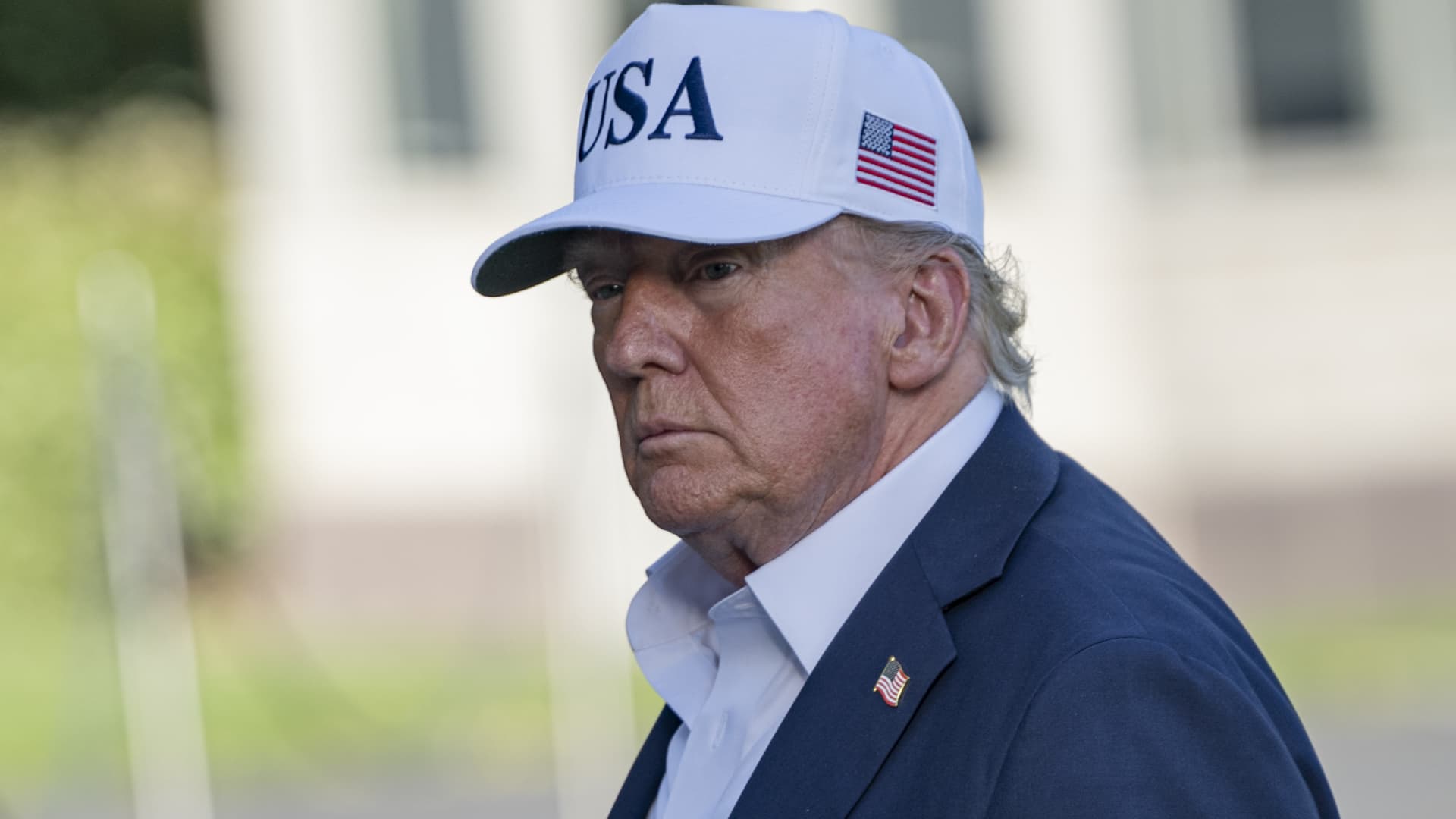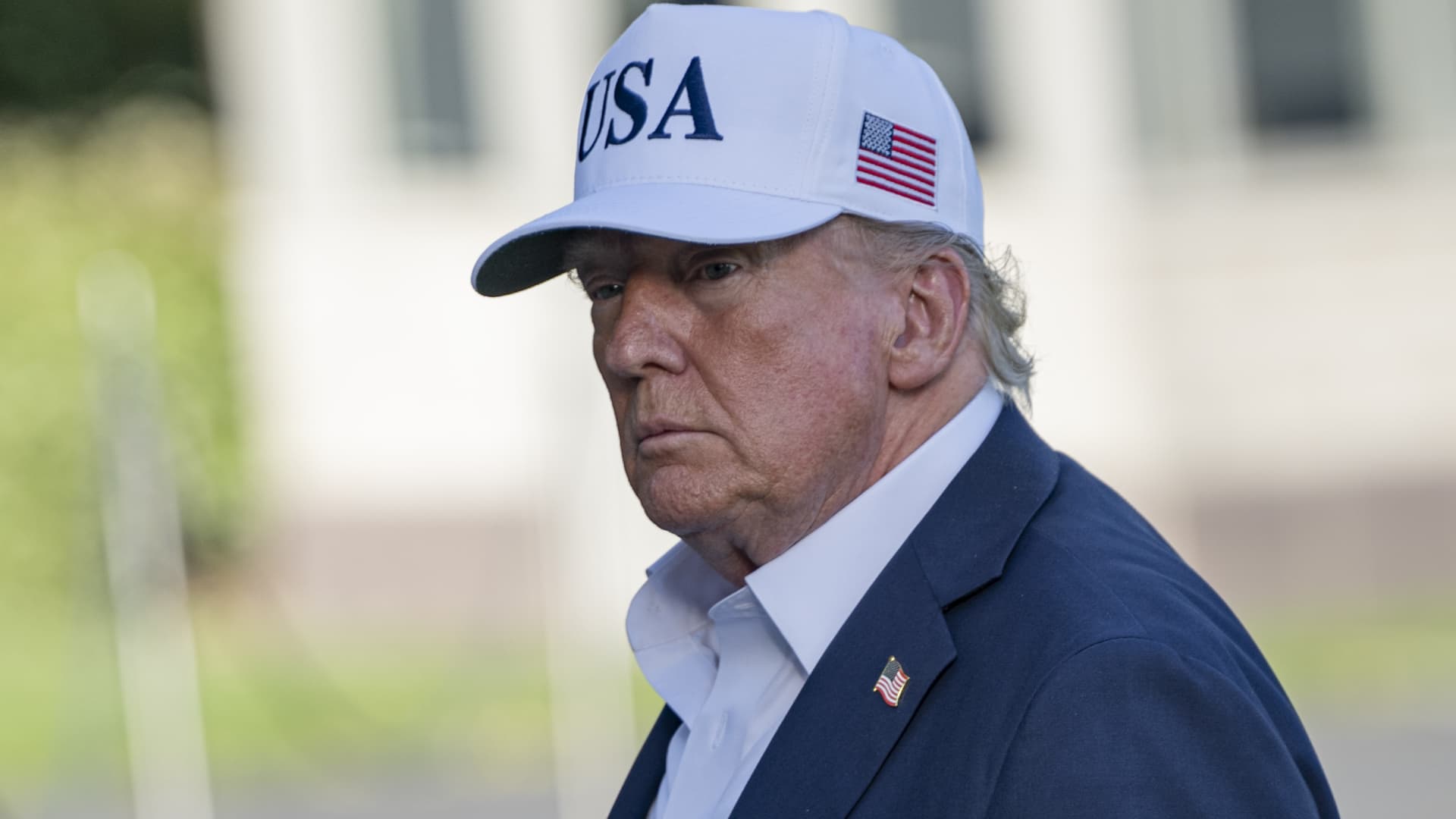The global stock markets have undergone a remarkable transformation in their response to tariffs, particularly those imposed by former U.S. President Donald Trump. What once triggered panic and volatility has now become a familiar backdrop, with investors seemingly unfazed by the specter of trade barriers. This shift is not merely a reflection of market maturity but a complex interplay of economic adaptation, psychological factors, and political dynamics.
The Initial Shock and Awaited Reckoning
When Trump first unveiled his tariff policies, the reaction was swift and severe. Stock markets plummeted, particularly for companies reliant on international trade. The uncertainty surrounding the scope and impact of these tariffs sent shockwaves through financial markets. The volatility index surged, and investors braced for the worst. The initial fear was justified—tariffs disrupt supply chains, increase costs, and can trigger retaliatory measures from trading partners. The lack of a clear strategy from the Trump administration, coupled with impulsive announcements, exacerbated the anxiety.
However, as time passed, the market began to differentiate between rhetoric and reality. The initial shock gave way to a more nuanced understanding of the tariffs’ actual impact. Some sectors, such as manufacturing and agriculture, faced significant challenges, while others, like technology and services, were less affected. Companies adapted by diversifying supply chains, absorbing costs, or passing them on to consumers. This adaptability helped mitigate the immediate economic fallout.
The Role of Central Banks and Market Psychology
Central banks played a crucial role in stabilizing markets during this period. By signaling their willingness to intervene with monetary policy tools, such as interest rate cuts and liquidity injections, they provided a safety net for the global economy. This reassurance helped temper the market’s reaction to tariff threats, as investors gained confidence that central banks would act to prevent a full-blown crisis.
Psychological factors also contributed to the market’s evolving response. Confirmation bias led investors to seek out information that supported their growing belief that tariffs were not as damaging as initially feared. As more analysts and commentators downplayed the risks, this narrative gained traction. Market momentum and herd behavior further amplified this trend, as investors followed the consensus rather than challenging it.
The Strategic Use of Tariffs as a Negotiating Tool
Another key factor in the market’s adaptation was the realization that tariffs were often used as a bargaining chip in trade negotiations. Trump’s administration frequently threatened tariffs to pressure trading partners into making concessions, only to dial back the threats once a deal was reached. This pattern became predictable, and markets learned to discount initial tariff announcements, waiting to see how negotiations would unfold.
For example, the U.S.-China trade war, which dominated headlines for much of Trump’s presidency, saw multiple rounds of tariff threats and retaliatory measures. However, the eventual Phase One trade deal in 2020 demonstrated that tariffs could be used strategically to achieve negotiating leverage. This realization helped markets adjust their expectations, reducing the immediate impact of tariff announcements.
The Shift in Market Focus
As the tariff saga unfolded, other factors began to dominate market sentiment. Economic growth in key regions, corporate earnings, and geopolitical developments all vied for investors’ attention. The relative importance of tariffs diminished as these other issues took center stage. For instance, the COVID-19 pandemic, which emerged in early 2020, overshadowed trade tensions as the primary concern for global markets.
This shift in focus allowed markets to view tariffs as just one of many factors influencing economic performance. Investors became more discerning, assessing the actual impact of tariffs on specific industries rather than reacting to every announcement with panic. This more measured approach helped stabilize markets and reduced the volatility associated with tariff threats.
The Risks of Complacency
Despite the market’s apparent complacency, it is essential to recognize that risks remain. A full-blown trade war, with escalating tariffs and retaliatory measures, could still have significant negative consequences for the global economy. Even if such a scenario is avoided, tariffs can distort trade patterns, raise prices for consumers, and reduce overall economic efficiency.
Moreover, the market’s perception of tariffs can change rapidly. A sudden escalation of trade tensions or a disappointing round of negotiations could trigger renewed volatility. It is therefore crucial for investors to remain vigilant and avoid complacency. The market’s adaptation to tariffs does not mean that they are no longer a threat but rather that investors have learned to assess their impact more accurately.
The Future of Global Trade
The evolution of the market’s response to tariffs reflects a complex interplay of economic, psychological, and political factors. While the threat of tariffs has not entirely disappeared, the market has learned to adapt, assess their actual impact, and focus on other factors that drive economic performance. This newfound equilibrium suggests that the global economy may be more resilient to trade tensions than previously thought.
However, this resilience should not be mistaken for invulnerability. The global trade landscape remains uncertain, and the potential for disruptive events remains. Prudence and vigilance are essential. The markets have perhaps learned to live with the *threat* of tariffs, but the true test will come if and when those threats translate into a truly damaging reality. The future of global trade depends on the ability of markets and policymakers to navigate these challenges with foresight and adaptability.












